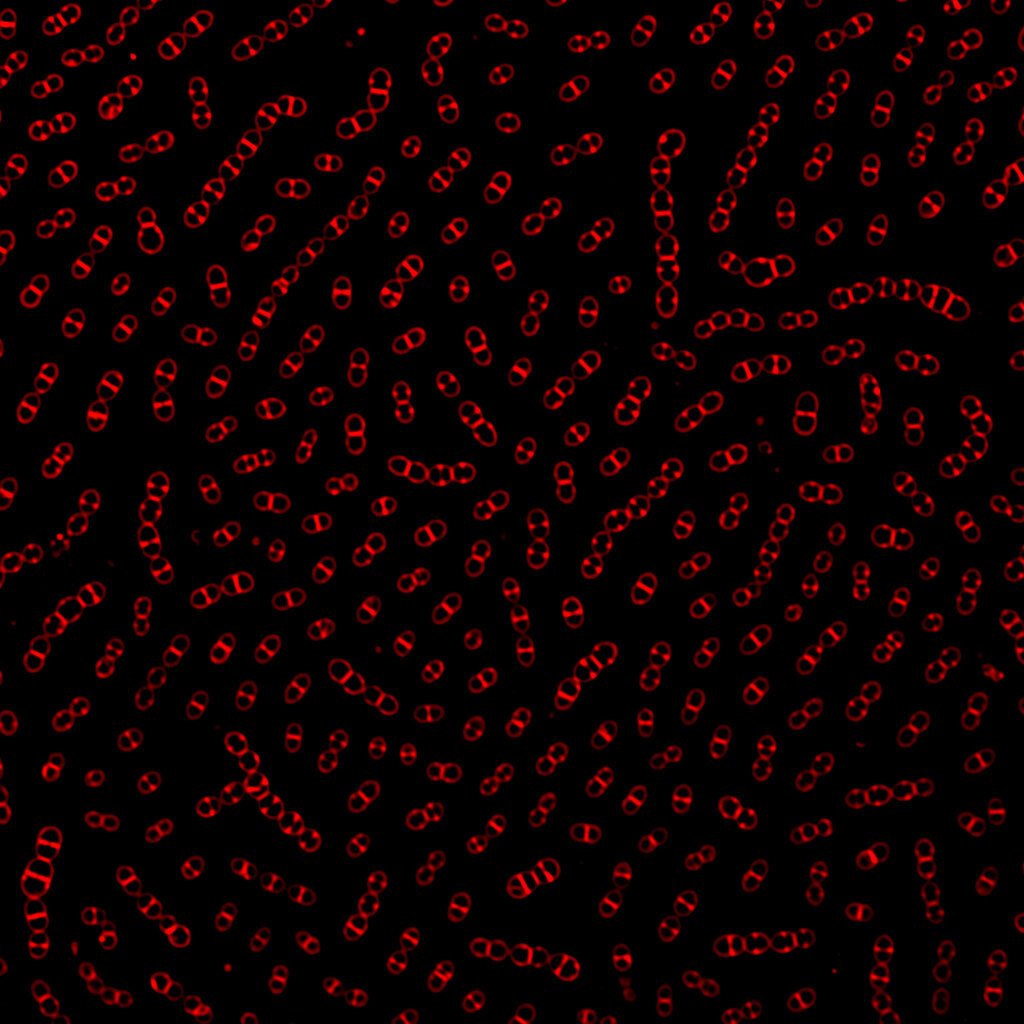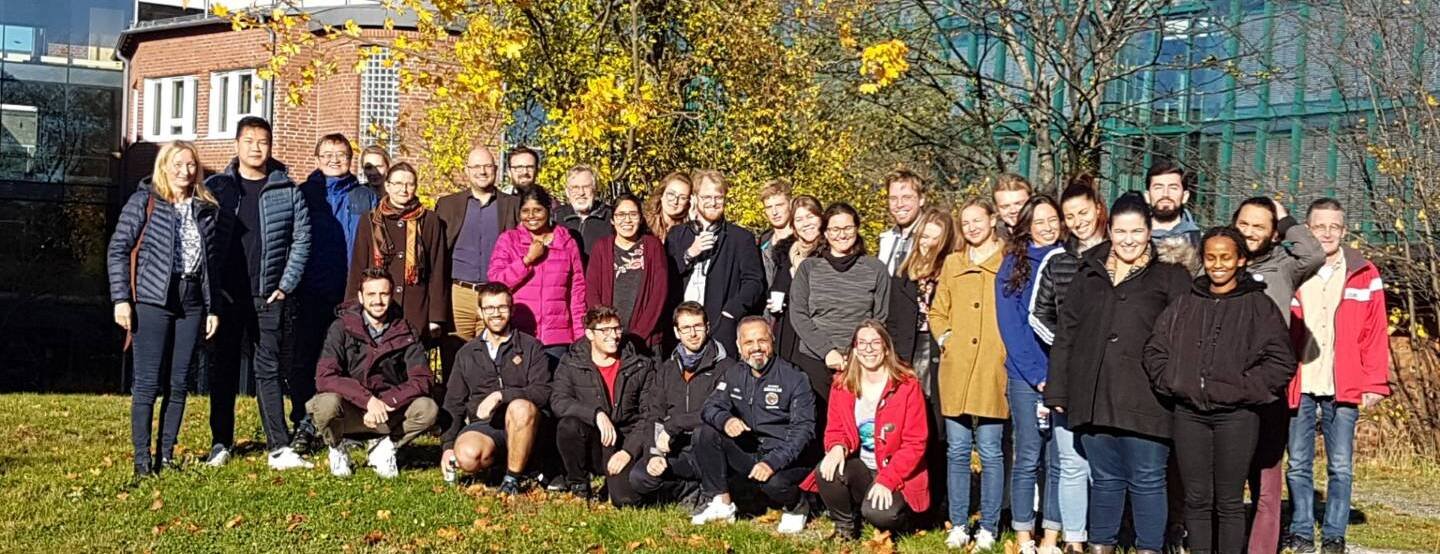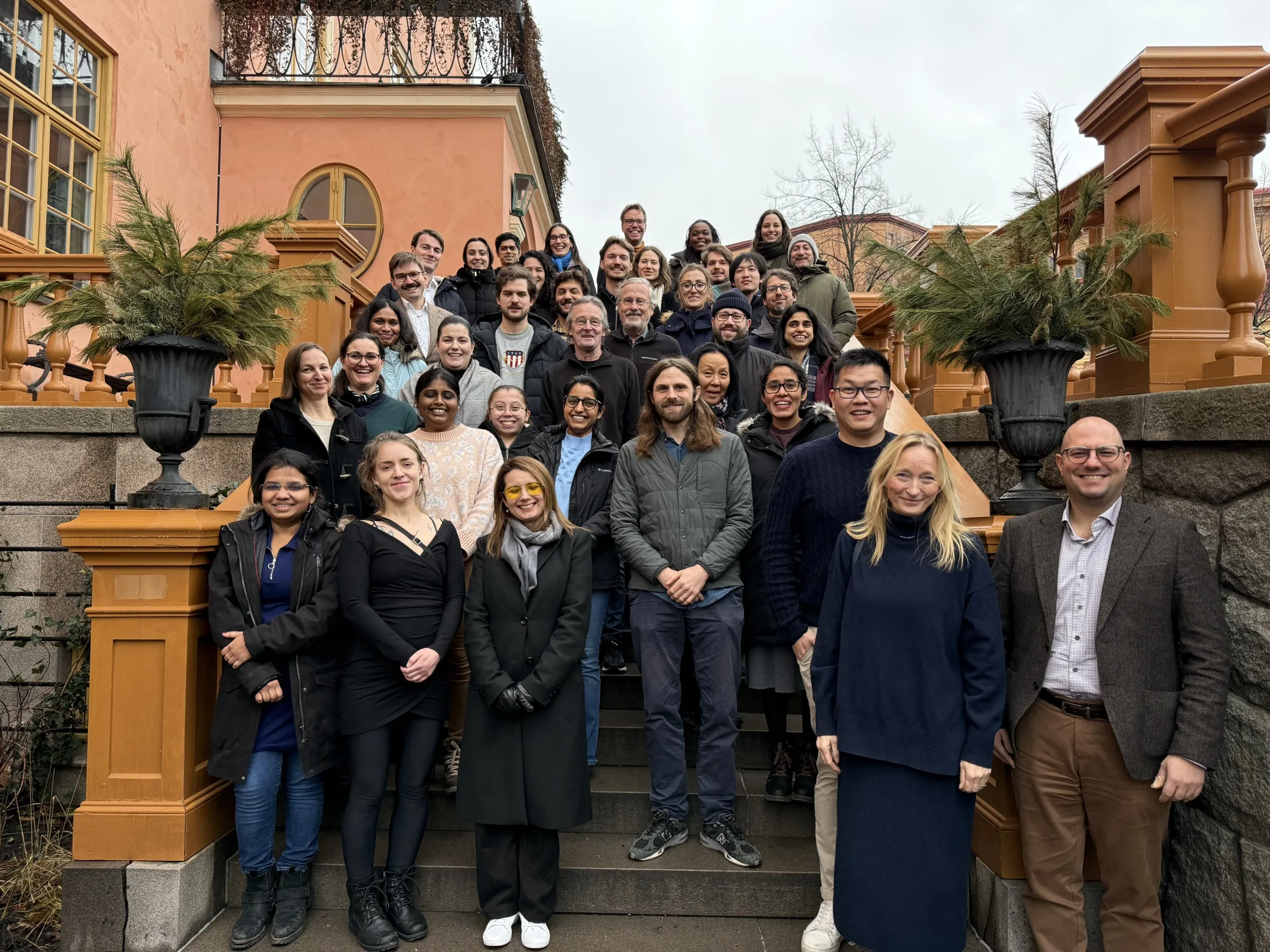Our research
Our main research areas are within infection biology, respiratory tract and invasive infections, host-bacterial interactions, pathogenesis, infection epidemiology, antimicrobial resistance, new antimicrobials, vaccines, and nanoparticle science. The projects range from basic microbiology and bacterial regulatory systems, and immune response of the host, to epidemiological and clinical studies.
The innate immune defense and bacterial infections
The interaction between the innate immune system and microbial pathogens including for example different immune cells (macrophages, dendritic cells, neutrophils, and T cells), Toll like receptors, NODs, scavenger receptors and antimicrobial peptides are being studied.

Lower respiratory tract and invasive infections
We focus our studies on respiratory tract and invasive infections and aim at developing new diagnostics, therapeutics and prevention, vaccines, based on our findings. Our studies range from basic understanding of mechanisms for disease development, pathogenesis, and host-pathogen interactions, to the epidemiology and spread of the infections and clinical studies with collection of clinical samples. We collaborate with physicists and chemists and develop new tools such as for visualization and nanotechnology for our studies.
A major focus is on infections caused by the bacterium Streptococcus pneumoniae (the pneumococcus). Pneumococci are the major cause of milder respiratory tract infections such as otitis and sinusitis, but also a major cause of more severe infections such as community-acquired pneumonia, with or without septicemia, and meningitis. Despite being disease-causing pathogens, these bacteria are also commonly found colonizing healthy individuals.
We aim at understanding mechanisms for how and why these common bacteria cause diseases with even lethal outcome, and how they are spread in the society. Together with the Public Health Agency, we are following the effects of introducing pneumococcal conjugated vaccines (PCVs) in the childhood vaccination program.
Other pathogens studied include both gram-positive and -negative bacteria, such as Streptococcus pyogenes (Group A streptococci) and other streptococci, Staphylococcus aureus, and Klebsiella pneumoniae.
We also study mechanisms for co-infections such as why a prior influenza A virus infection predisposes for a pneumococcal infection. Recently we developed a metatranscriptomic pipeline for studies of the expression of nasopharyngeal microbes (bacteria and RNA viruses) as well as host responses during pneumonia. This pipeline will now be used for further studies of RNA responses during lower respiratory tract infections and covid-19, as compared to in healthy individuals.
Antimicrobial resistance and drug development
Moreover, we study antimicrobial resistance development and are developing new approaches for better diagnostics. We also aim at developing novel treatment options of infections, including targeting microbial virulence properties and their interactions with the host (antivirulence drugs) such as peptides using nanotechnology and antibodies, as well as aim at finding novel small antimicrobial molecules that could be used as therapeutics.
Vaccines
We are developing a platform for vaccine development against respiratory tract and invasive infections with a focus on pneumococcal infections. The platform is based on membrane vesicles.


